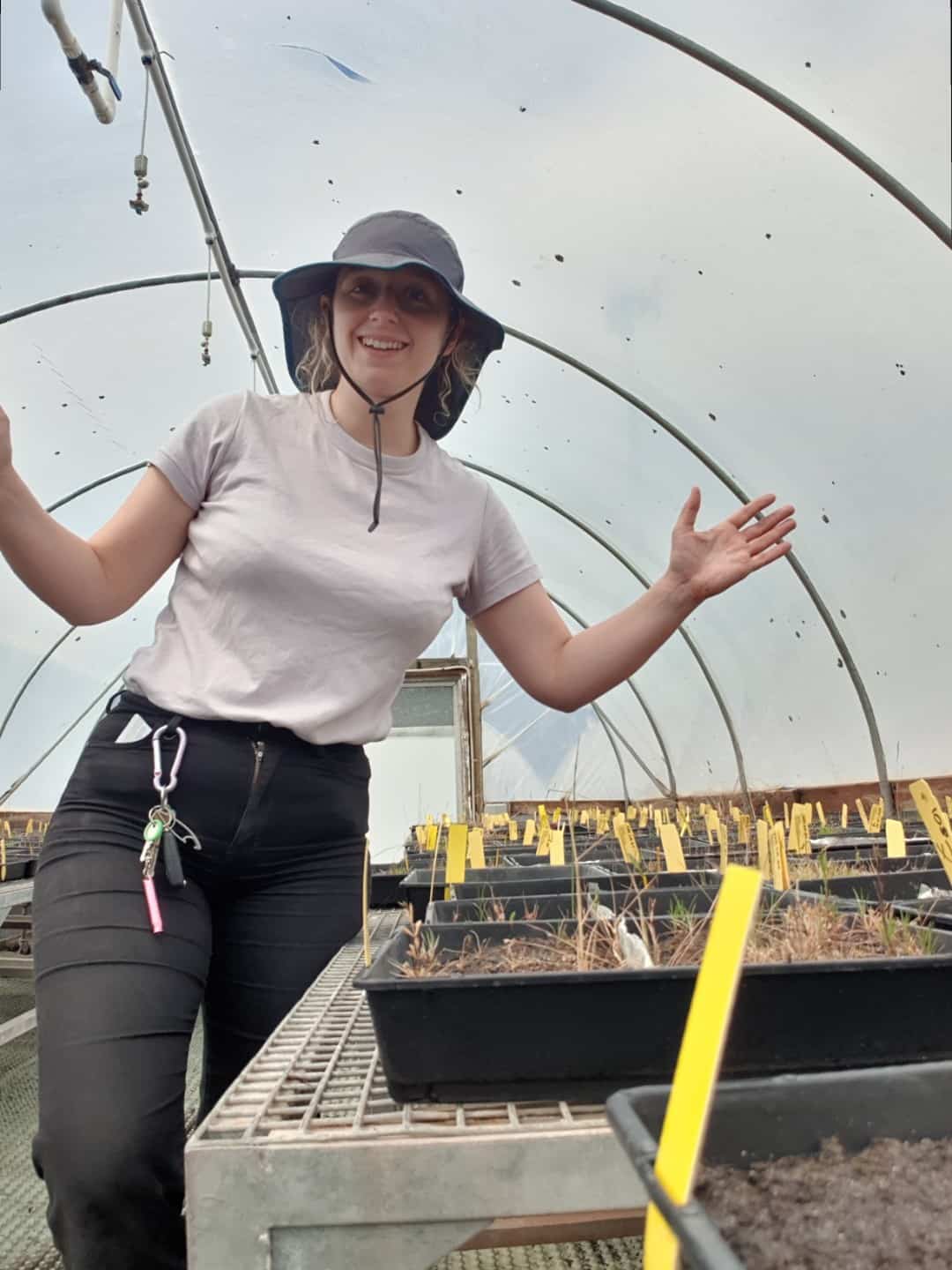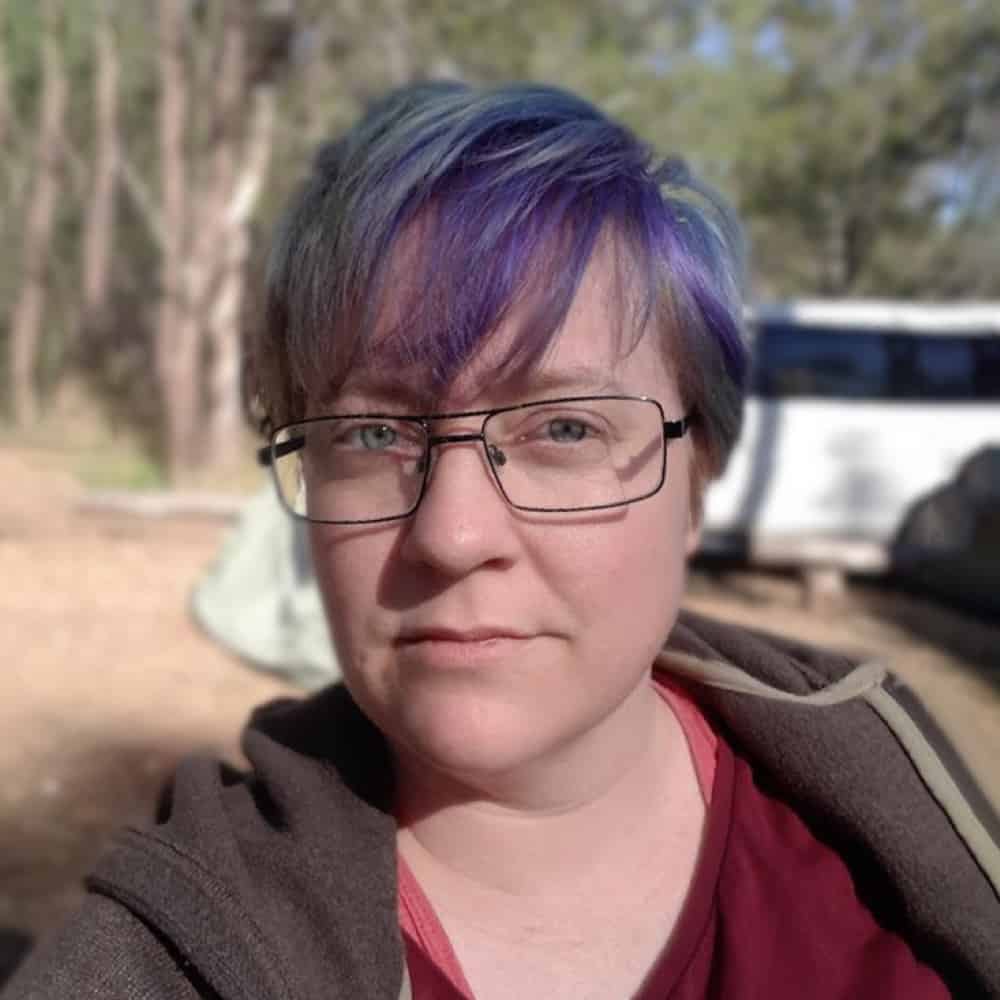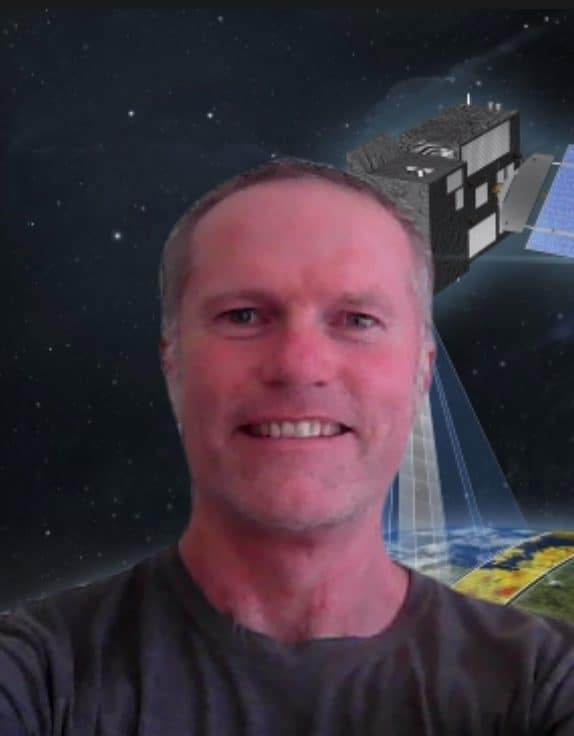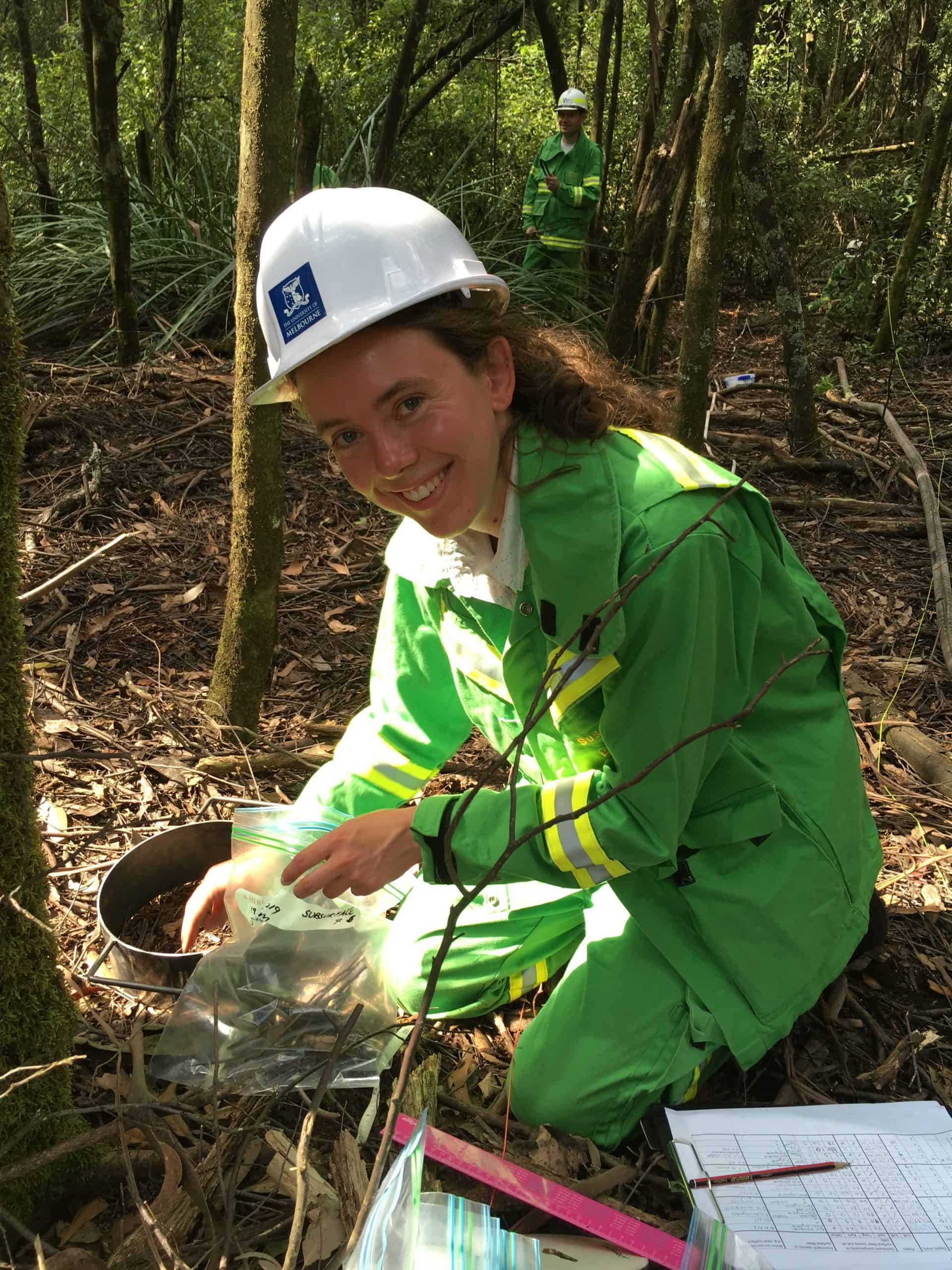I completed my Master of Ecosystem Management and Conservation (MEMaC) in July 2021. Throughout my time with MEMaC, I developed a deep appreciation for the complexities of landscapes and societal interactions. Subjects exploring ecology, ecosystem analysis, and the patterns and process of wildfire shaped an interest in the Australian bushfire landscape. This interest coincided with the occurance of the 2019/2020 bushfire season and provided an opportunity to undertake a research project with the FLARE Wildfire Research group under the co-supervision of Professor Trent Penman and Dr Kate Parkins. Completing my thesis provided real-world context for the application of skills learnt throughout my Masters, particularly analysis within R and GIS. My research project was foundational in developing the capacity to undertake further work with FLARE.
Thesis – Reconstructing the Black Summer Fires: Where and How did they Burn?
Understanding changing trends in wildfire behaviour under more frequent occurrences of extreme weather is pivotal to how we predict and prepare for large wildfires in the Australian landscape. Estimating the location and time of burning of a given wildfire is inherently challenging given the realities of on-ground data collection during emergencies. As a result, rate of spread is a difficult metric to accurately estimate under extreme conditions. The method presented here demonstrates an automated approach to utilising wildfire reconstruction to estimate the spatial and temporal progression of wildfires at a finer resolution than previously attempted. Several studies have demonstrated the utility of active fire data for determining day-of-burning progression mapping, however few have sought to increase the temporal resolution of these products. Our results show the utility of a higher temporal resolution for estimating ROS across a range of wildfires. Isochrones were drawn across four large wildfires of the 2019/2020 Australian Black Summer bushfire season, with rates of spread and the proportion of severity categories determined for each available progression interval. Our results show that a total of 4,828 progressive isochrones were drawn across the four selected fires using an automated method. From the 24 combinations of parameters tested, a point aggregation distance of 750m provided the most consistent isochrone generation when compared to smaller distances. Of the progressions, 49 percent were drawn at hourly intervals across all fires, with a mean interval time of 8.5 hours. The method developed here provides a tool with utility for multiple management and research settings. Including: rapid near-real-time, continually updated estimates of fire spread for incident management; the generation of a rate of spread dataset from past fires; and the improvement of existing fire behaviour models and our understanding of emerging trends. The method holds utility for estimating rates of spread in remote and hard to reach areas; at times when conditions prevent the flying of reconnaissance aircraft; and over-night or low light conditions. Through finer temporal and spatial resolutions, wildfire reconstructions can provide more accurate estimates of rate of spread, allowing us to improve our predictive capacity and plan appropriately for future extreme wildfires.



